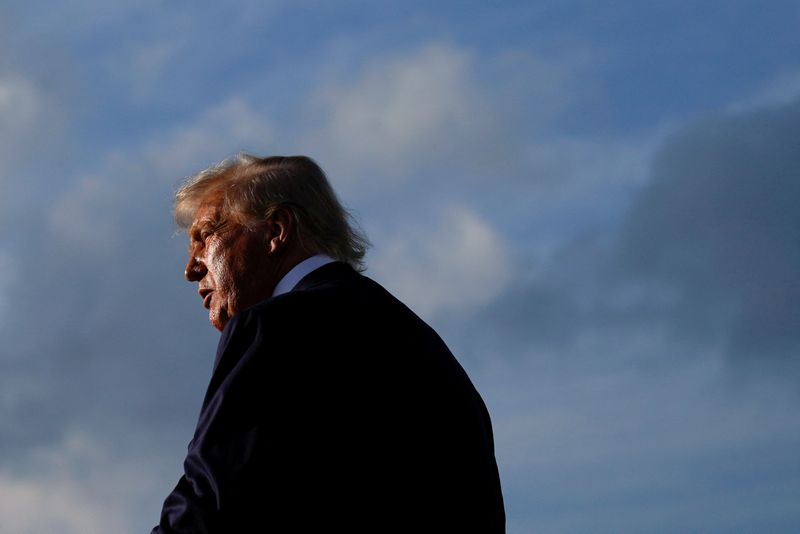U.S. Increases Tariffs Amid Ongoing Trade Negotiations and Challenges
- Small Town Truth

- Jul 16
- 2 min read

The landscape of international trade is undergoing significant changes as President Donald Trump signals more aggressive tariff measures. Following recent agreements with various nations, Trump has stated that a strict approach to tariffs, particularly with Japan and other smaller countries, is on the horizon.
U.S. Tariff Strategy Explained
During a White House meeting with Bahrain's Crown Prince Salman bin Hamad Al Khalifa, Trump announced that the U.S. would likely adhere strictly to its tariff policies. He emphasized that announcements concerning trade deals are forthcoming, hinting at potential arrangements with India in addition to the recently signed accord with Indonesia.
Tariff Implementations
On July 7, Trump introduced a 25% tariff on imports from Japan and South Korea, set to take effect on August 1. This announcement also included differentiated rates for various other countries. Trump indicated that notifications would soon be dispatched to numerous smaller nations, informing them of impending tariffs that would exceed 10%.
Trade Relations and Upcoming Discussions
The agreement with Indonesia marks one of the few deals reached by the current administration in advance of impending deadlines for rising duties on numerous U.S. imports. Other regions, such as the European Union and Canada, are preparing counteractions if dialogue with the U.S. does not yield satisfactory results. Trump has expressed skepticism regarding reaching a broader trade deal with Japan.
Market Implications and Economic Adviser's Statements
Trump's trade policies, which disrupt decades of negotiated trade liberalizations, have caused fluctuations in international financial markets and raised concerns about increasing inflation. Kevin Hassett, a prominent economic advisor to the President, suggested that numerous additional trade agreements could be forthcoming, although specific details were not provided.
Negotiations with India and the EU
The President's optimism about a prospective deal with India was reiterated, where tariffs currently stand at 26%. An Indian trade delegation was reported to have arrived in Washington to engage in fresh discussions. Concurrently, EU trade chief Maros Sefcovic is also scheduled for talks in Washington, intending to meet with key U.S. officials, including Commerce Secretary Howard Lutnick.
Future Outlook for Global Trade
Trump has threatened to impose a 30% tariff on EU imports, a move that European leaders believe would disrupt normal trade relations between two of the world’s largest economies. Additionally, Greer, Trump's top trade negotiator, has articulated the administration's objective of reducing the U.S. trade deficit, especially concerning advanced manufacturing sectors.
Trump's overarching tariff policy aims for a uniform rate of 10% across all nations, with elevated rates for those identified as the most significant trade challenges, such as China, which currently faces a tariff of 55%.
.png)